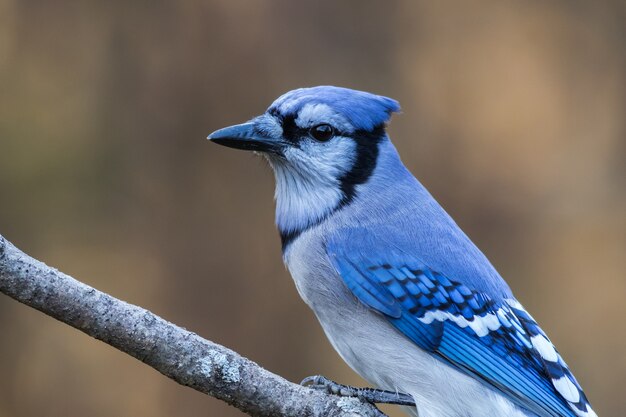Table of Contents
ToggleIntroduction
The state of Illinois is not only known for its stunning landscapes but also for its diverse bird population. Among the various avian species that grace the skies of Illinois, bluebirds hold a special place. In this article, we will delve into the captivating world of blue birds in Illinois. From their habitat to their behaviors, we will explore the intricacies of these feathered wonders.
The Eastern Bluebird – A Symbol of Beauty
The Eastern Bluebird (Sialia sialis) is a small, striking bird that adorns the skies of Illinois with its vibrant hues. Let’s take a closer look at these beautiful creatures and the impact they have on the ecosystem.
Habitat and Distribution
1. Urban Oases
Eastern Bluebirds are adaptable and can be found in various habitats across Illinois. They are frequently spotted in urban areas, including parks, gardens, and residential neighborhoods.
2. Woodland Wonders
These birds also thrive in woodlands, where they nest in tree cavities. The preservation of woodlands is essential to maintain their population.
3. Geographic Range
Eastern Bluebirds are a common sight throughout Illinois, with their range extending from the southern tip to the northern border.
Physical Characteristics
4. Dazzling Plumage
Male bluebirds are known for their striking, vibrant blue feathers. Their blue plumage is their signature feature.
5. Subtle Beauty
Female bluebirds, on the other hand, have slightly duller plumage, with a touch of gray on their wings and back.
Behavior and Diet
6. Social Creatures
Eastern Bluebirds are social birds and are often seen in pairs or small groups. They engage in melodious calls and are highly territorial during the breeding season.
7. Dietary Preferences
These birds primarily feed on insects and fruit. Their diet includes caterpillars, beetles, and various berries. This makes them vital for pest control and seed dispersal.
Reproduction and Nesting
8. Mating Rituals
Eastern Bluebirds are known for their elaborate courtship displays, including singing and dancing. Once a pair is formed, they usually mate for life.
9. Nesting Sites
Bluebirds are cavity nesters, and they often make use of man-made nest boxes provided by enthusiasts. This has been instrumental in conserving their population.
Conservation Efforts
10. Challenges Faced
Eastern Bluebirds face threats from habitat loss, pesticides, and competition for nesting sites from invasive species like European Starlings.
11. Nest Box Programs
Conservationists and bird enthusiasts have set up nest box programs to provide safe nesting sites for bluebirds, significantly contributing to their conservation.
Bluebirds in Popular Culture
12. Folklore and Symbolism
Throughout history, bluebirds have been symbols of happiness, hope, and good fortune. They are often featured in songs, literature, and art.
13. Bluebird Trails
Illinois is home to several bluebird trails, where volunteers monitor and maintain nest boxes to support bluebird populations.
Conclusion
In conclusion, blue birds in Illinois, specifically the Eastern Bluebird, are not only a feast for the eyes but also a vital part of the ecosystem. Their striking appearance, social nature, and essential role in pest control make them cherished residents of the state.
Frequently Asked Questions
- Are bluebirds common in Illinois?
Yes, Eastern Bluebirds are common throughout Illinois, from urban areas to woodlands.
- What do bluebirds eat?
Bluebirds primarily feed on insects and fruit, including caterpillars and various berries.
- How can I help conserve bluebirds in Illinois?
You can contribute by setting up nest boxes and participating in bluebird trail programs.
- What is the significance of bluebirds in popular culture?
Bluebirds are symbols of happiness, hope, and good fortune, often featured in songs, literature, and art.
- Why are bluebirds important for the ecosystem?
Bluebirds play a crucial role in pest control by feeding on insects, contributing to a balanced ecosystem.





